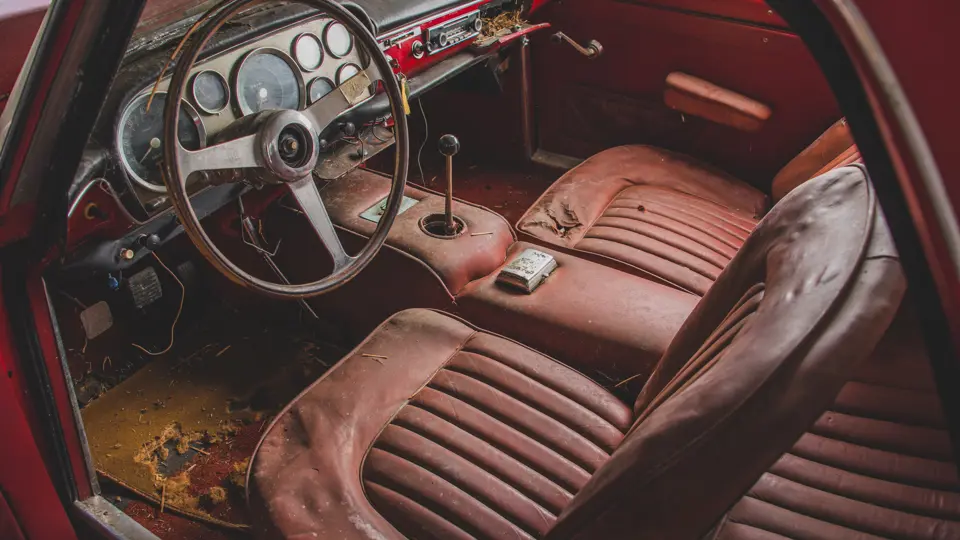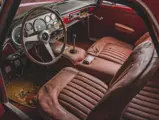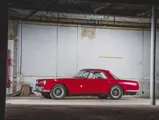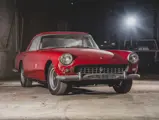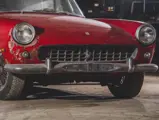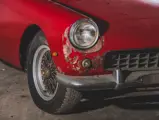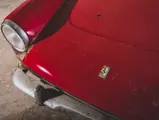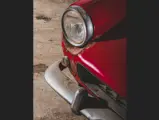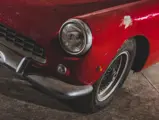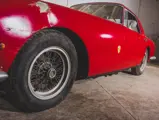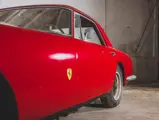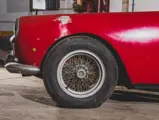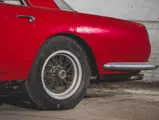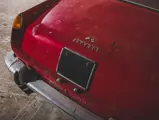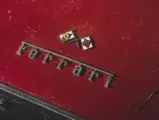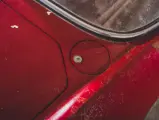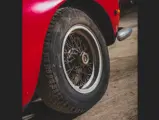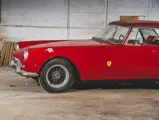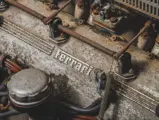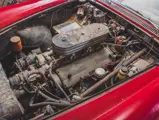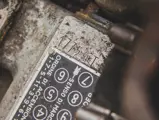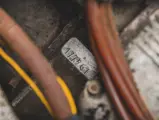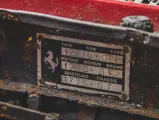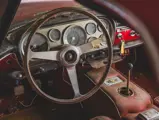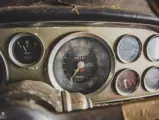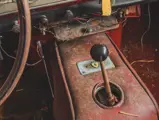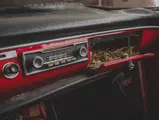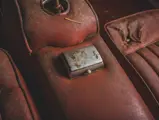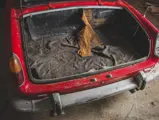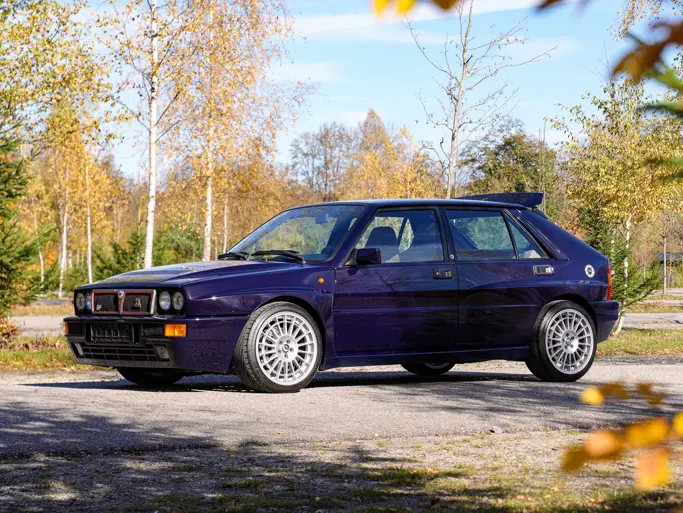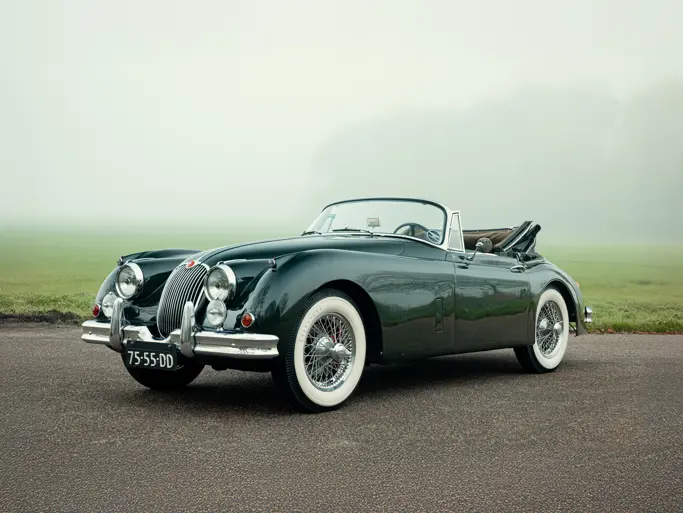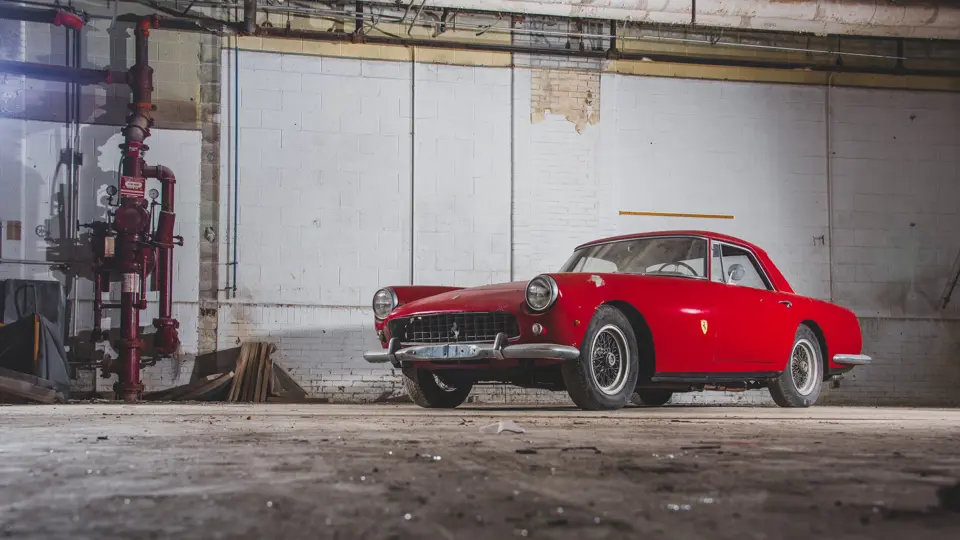
1960 Ferrari 250 GT Coupe Series II by Pinin Farina
{{lr.item.text}}
$280,000 USD | Sold
Offered from the Lost & Found Collection
{{bidding.lot.reserveStatusFormatted}}
- A highly desirable late-production example fitted with ‘outside-plug’ Colombo V-12, four-wheel disc brakes, and overdrive gearbox
- Retains numbers-matching engine
- Originally finished in attractive Grigio Conchiglia over a Rosso interior
- An excellent opportunity to restore and debut a timeless Ferrari grand tourer
When Ferrari introduced the 250 GT Coupe at the 1958 Paris Motor Show, the marque signaled their first and most decisive step toward true series production. On this new series coupe, beautifully proportioned Pinin Farina coachwork replaced the Boano- and Ellena-built cars of years previous. Most importantly, the 250 GT delivered exactly what the market desired and cemented Ferrari’s managerial fortitude to continue volume production. With 353 produced between 1958 and 1960, the 250 GT was—though still exclusive by any measure—the marque’s best-selling product.
For many enthusiasts, the driver’s choice of Ferrari’s 250 GT range is the later, second-series variant built from 1960 and onwards. These boast major improvements over earlier cars, including revised shock absorbers, better sound insulation, overdrive transmission, four-wheel disc brakes, and the new “outside-plug” Tipo 128F engine, rated at 236 horsepower. Among the fastest grand touring cars of their era, these 250 GT Series II Coupes were claimed by Ferrari to reach 60 mph in under seven seconds—thereby outpacing contemporary models from Aston Martin, Jaguar, Maserati, and Mercedes-Benz.
This car, chassis number 1775 GT, is the 299th of 353 such examples built. According to the report on file from Ferrari historian Marcel Massini, its chassis and running gear was completed and sent to Pinin Farina’s Torino facility on 30 January 1960. The carrozzeria completed its work on 22 March 1960; it was originally finished in the attractive combination of Grigio Conchiglia (shell gray) over an interior of Rosso Connolly leather.
Sold new to a Mrs. Maria Clara Locuoco of Trieste, Italy in May 1960, this car was exported to the Netherlands in 1964. It would remain in that country until 1980; during this period, its exterior was repainted in its present red, though it apparently retained its Rosso interior. In 1980 it was sold to a new owner in Toronto, Canada, who would eventually list it for sale in 1986.
In June 1987, the 250 GT Coupe joined the stable of Walter Medlin, where it has remained—closely held and largely out of public view—ever since. One notable and unplanned appearance occurred in 2004, when Hurricane Charley destroyed the Kissimmee, Florida barn used to store part of Medlin’s collection. This 250 GT Coupe was prominently featured in an infamous photo of the event, which was widely circulated by both enthusiast media and the general press.
While it will require a complete cosmetic and mechanical restoration, 1775 GT retains many important original features, including a full suite of Veglia gauges with metric speedometer/odometer fronted by a wood-rimmed steering wheel and, crucially, its numbers-matching “outside-plug” V-12 topped by triple Weber carburetors. It rides on a set of four Borrani knock-off wire wheels (though octagonal wheel nuts take the place of the typically seen three-ear “spinners”), plus a trunk-stowed spare. An aftermarket AM/FM radio has been installed in the dash in place of the factory unit. The seating surfaces and door cards are upholstered in worn red leather, consistent with what was originally fitted by Pinin Farina’s trim shop.
A gentleman’s Ferrari in every sense, the 250 GT Coupe with Pinin Farina coachwork is unlikely to ever go out of style. This Series II example, complete with its numbers-matching engine, has been tucked away for decades. Now offered from the Lost & Found Collection, it presents its next owner with the exciting opportunity to restore one of Maranello’s truly classic grand tourers—in its original, attractive colors, or indeed in any combination you may wish—and debut it before appreciative tifosi on the Ferrari club circuit, or at concours events worldwide.
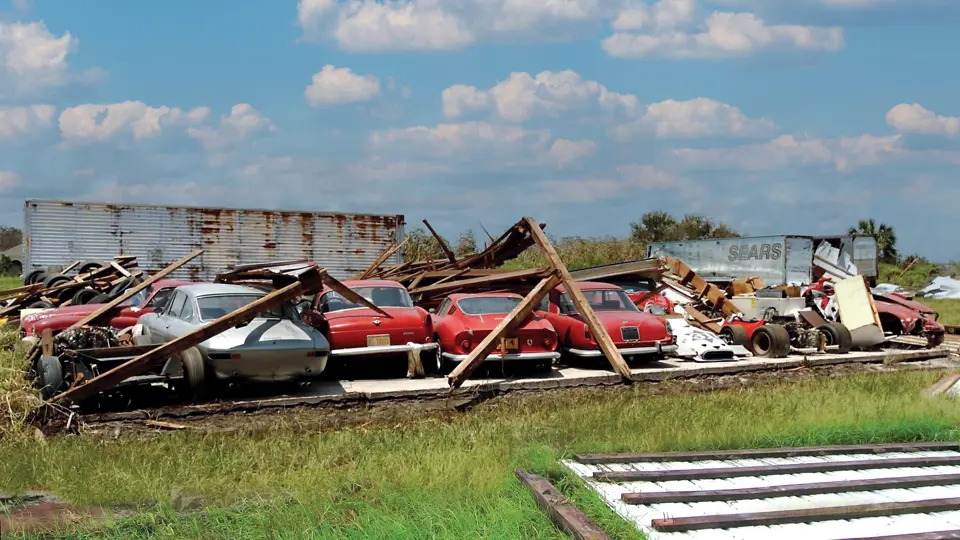



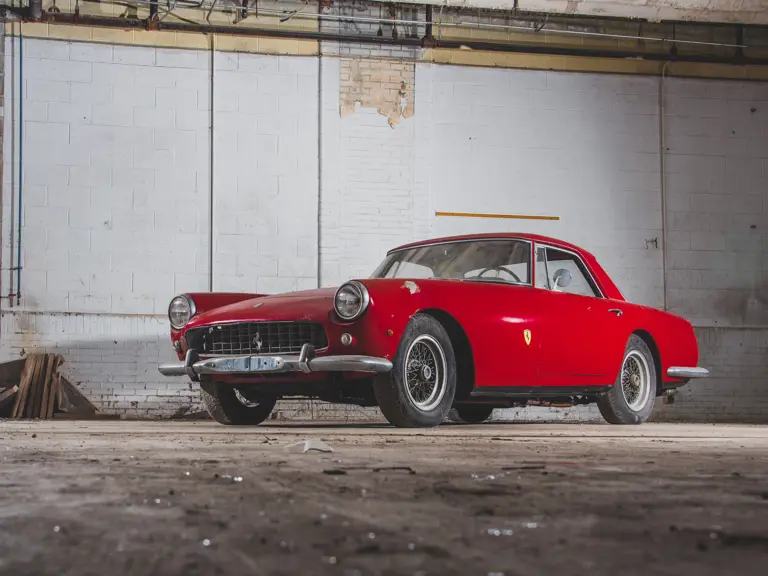
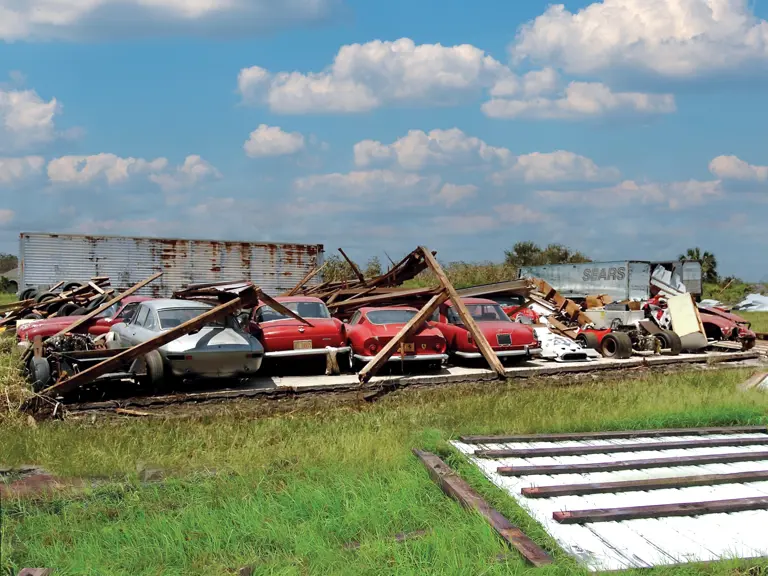
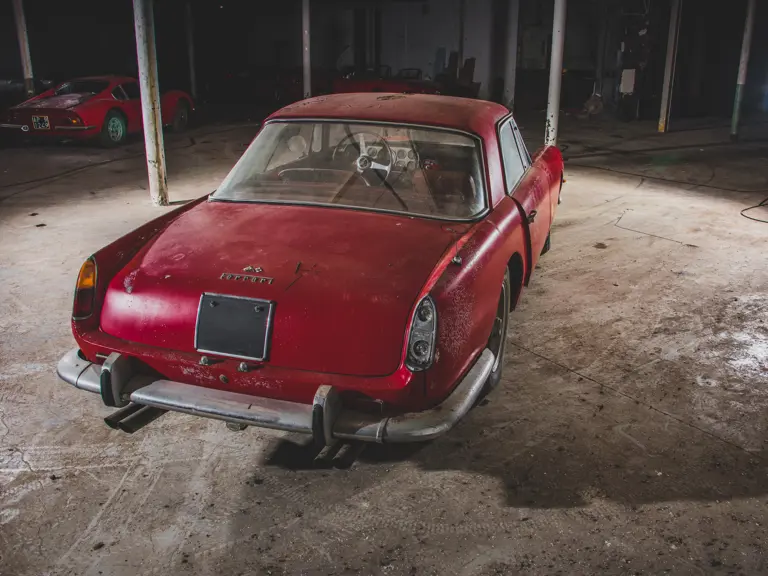
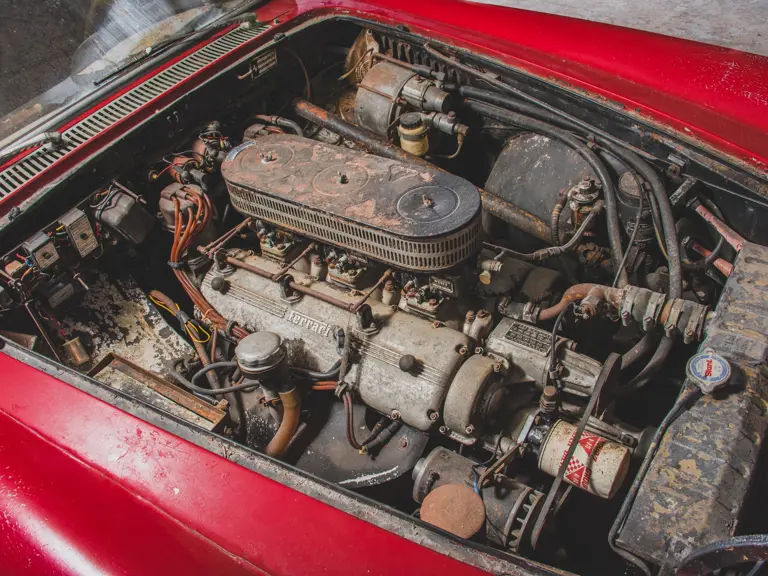
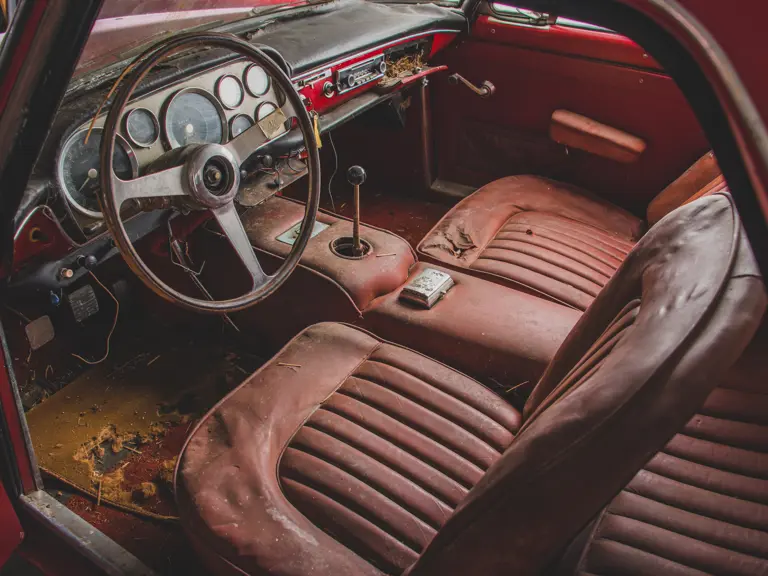
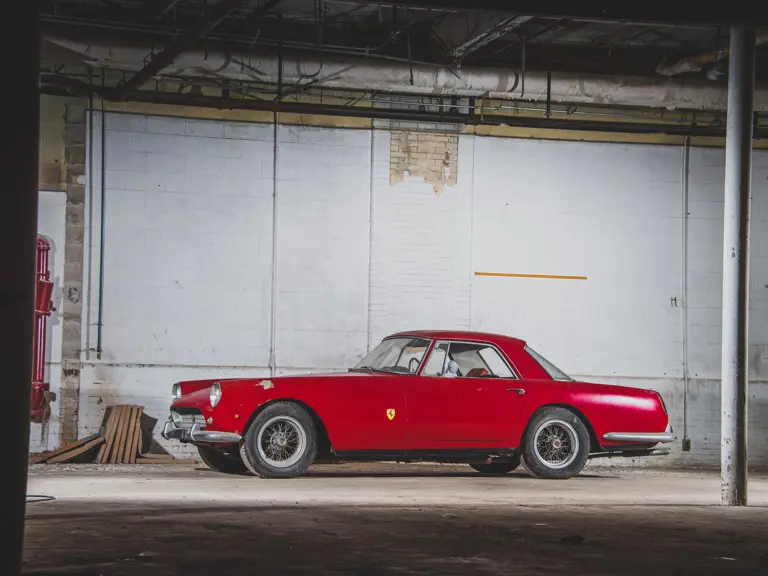
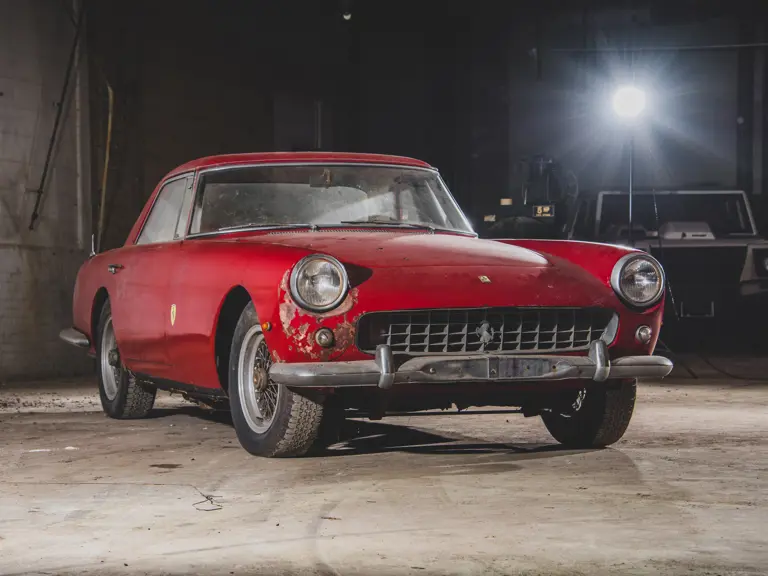
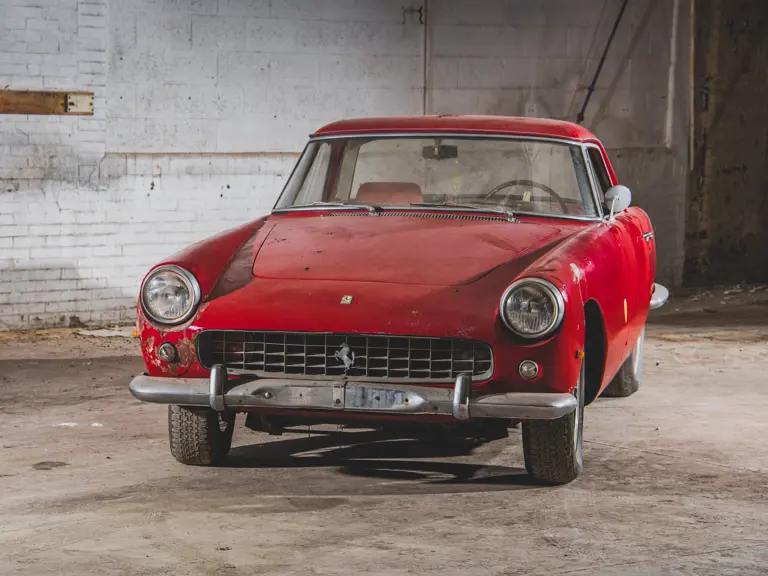


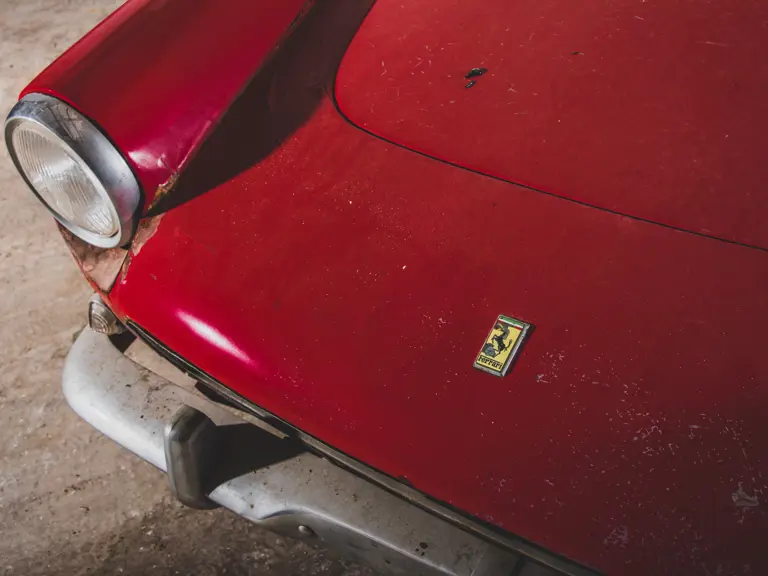

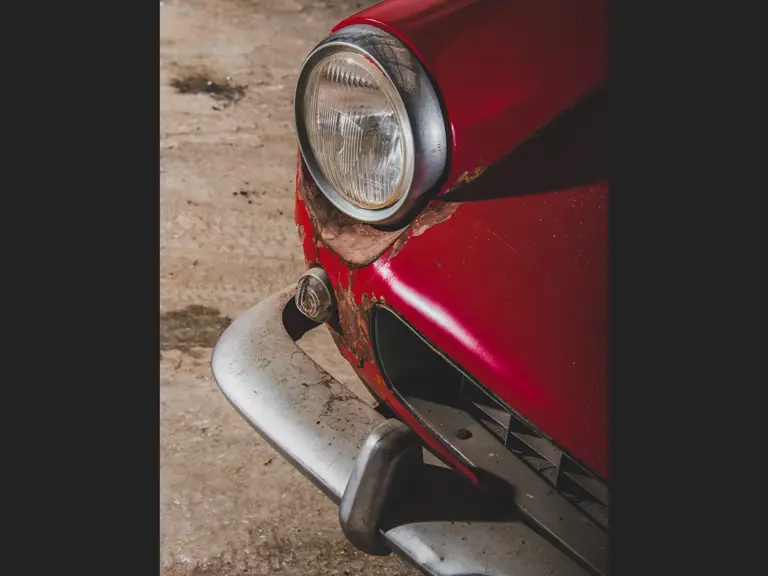
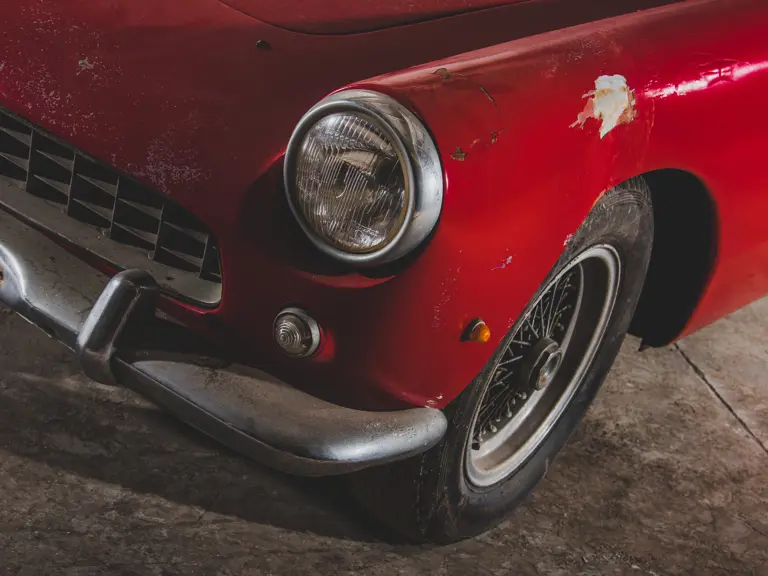
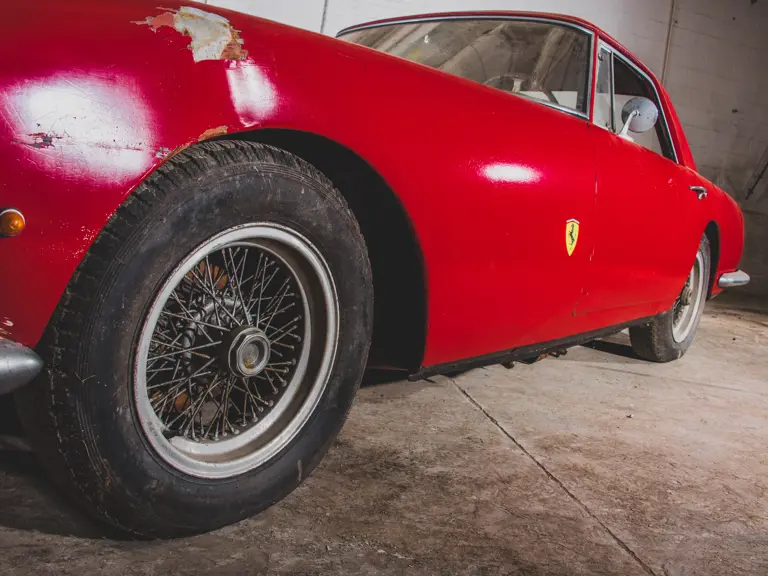
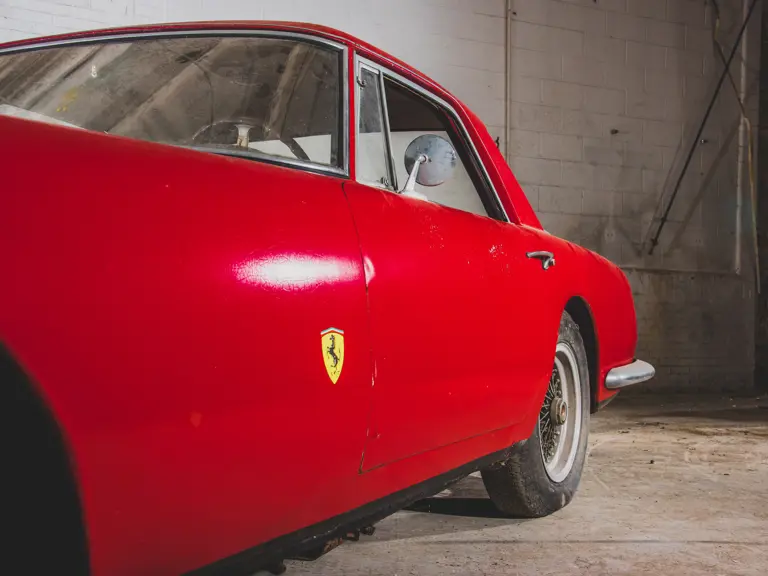
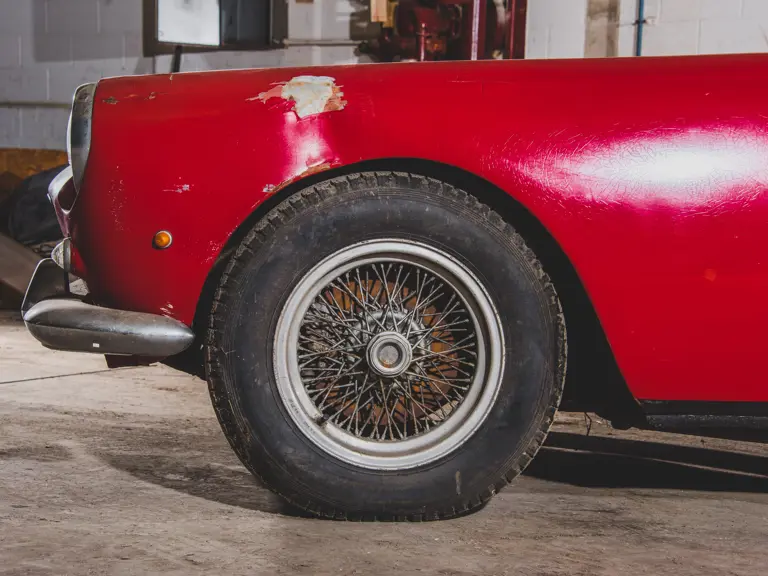
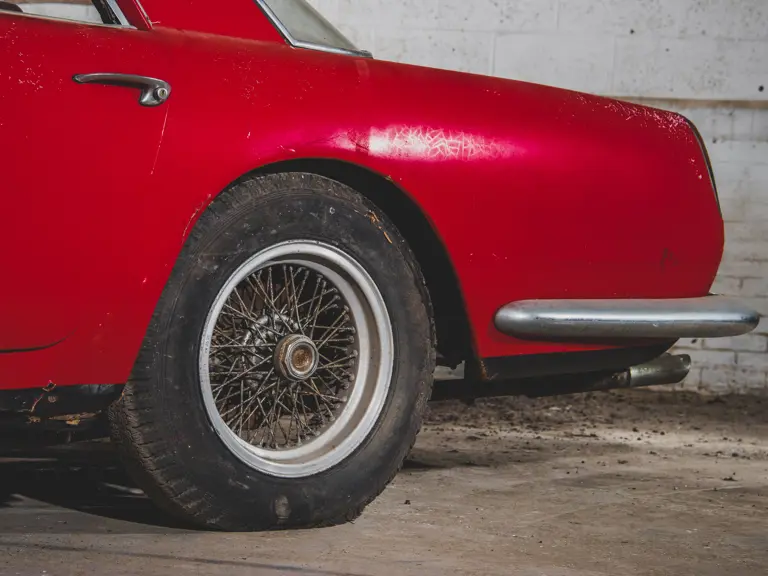
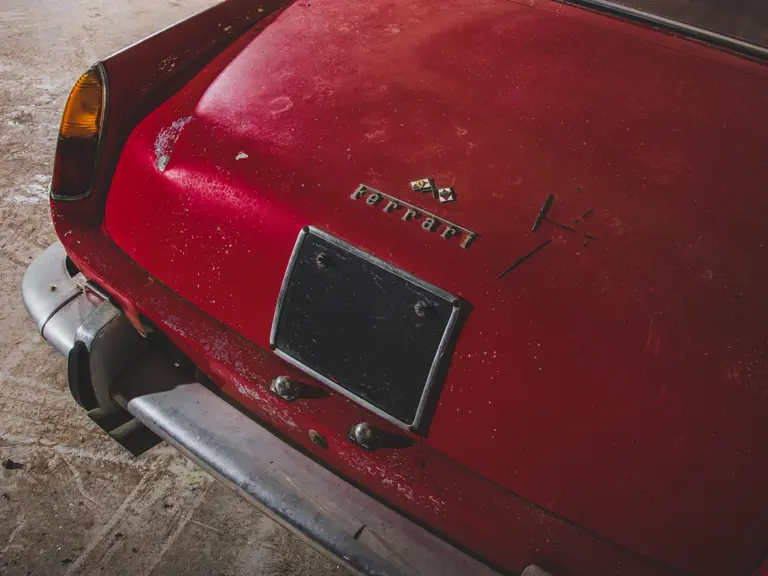
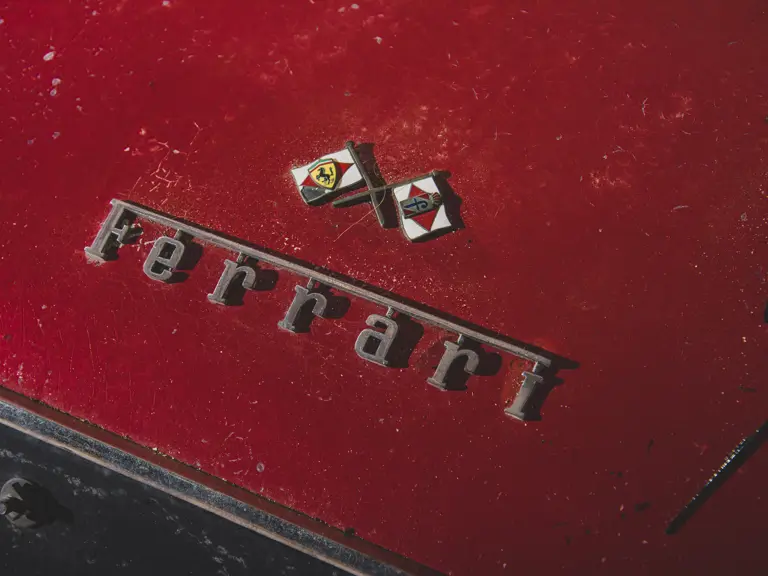
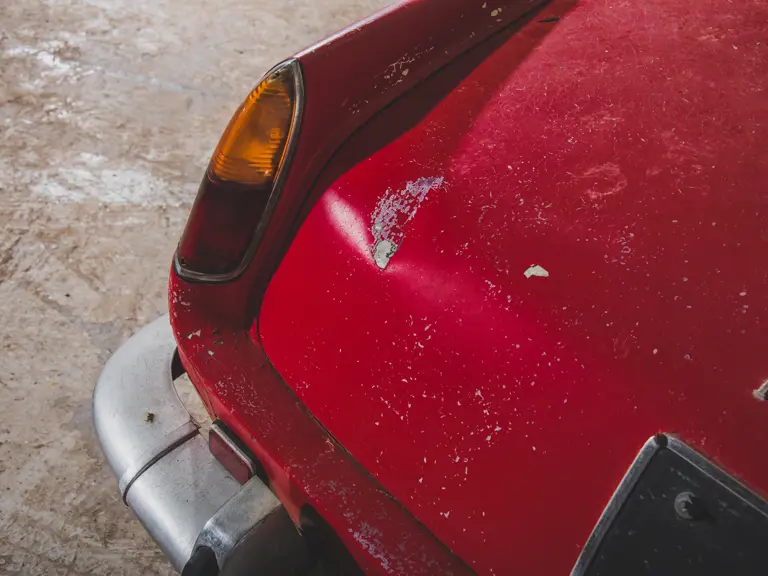
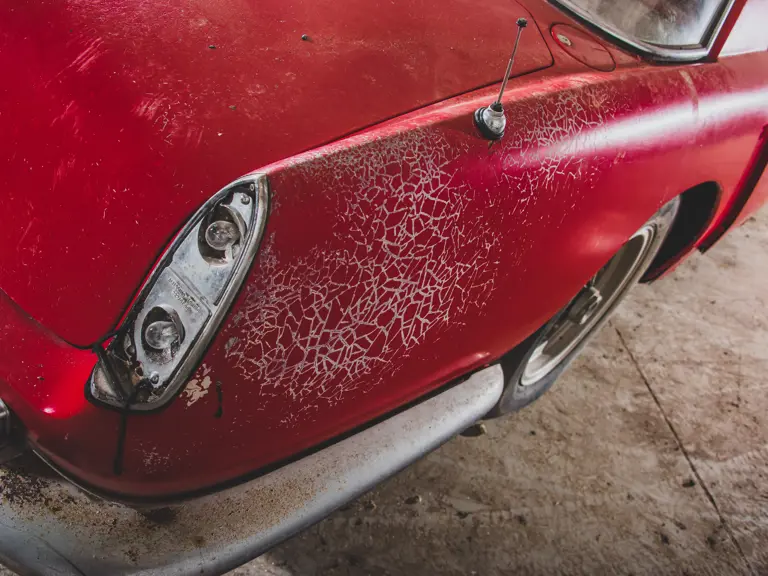
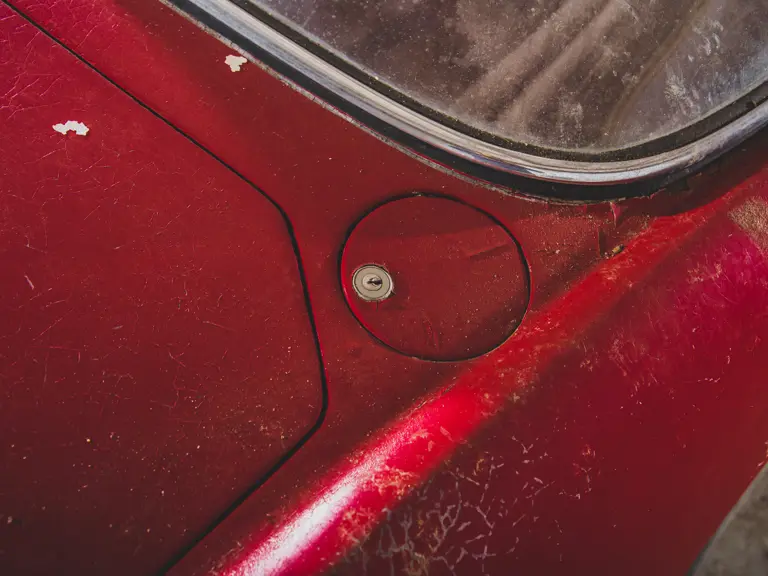
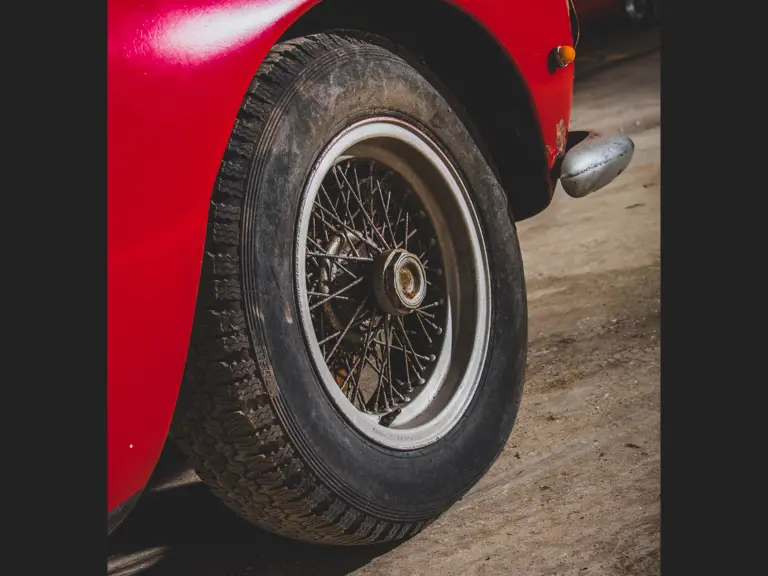
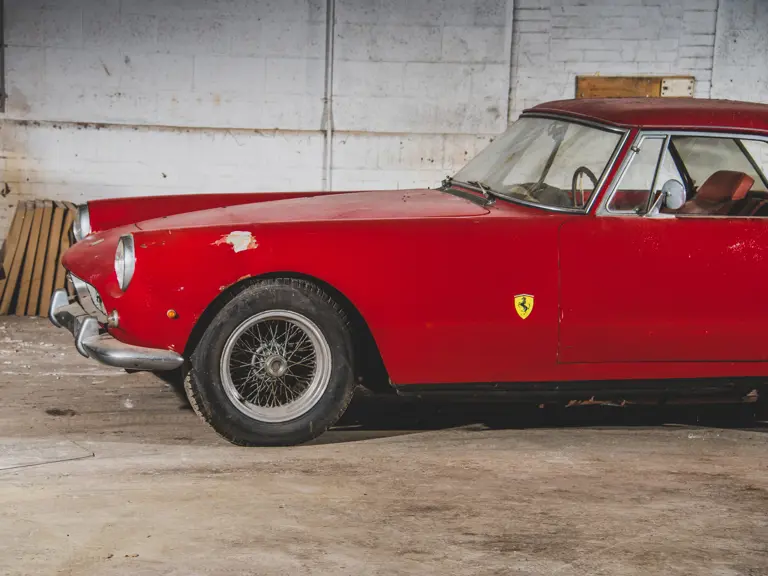
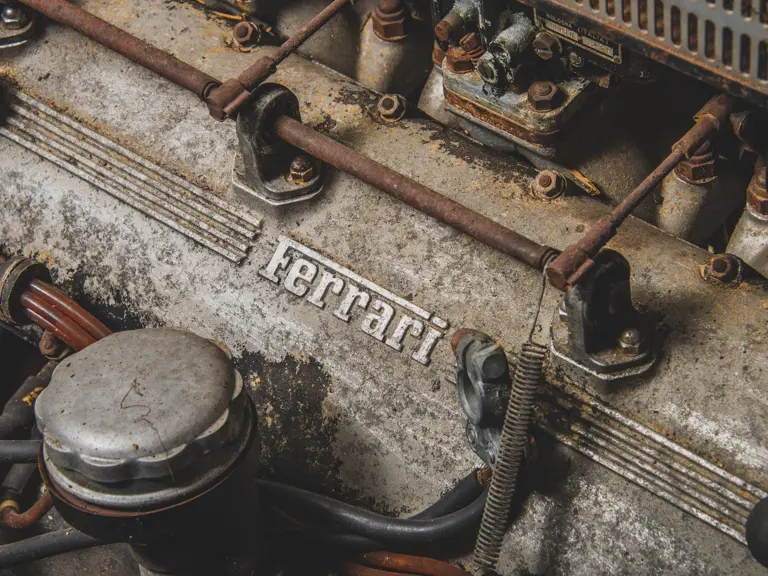
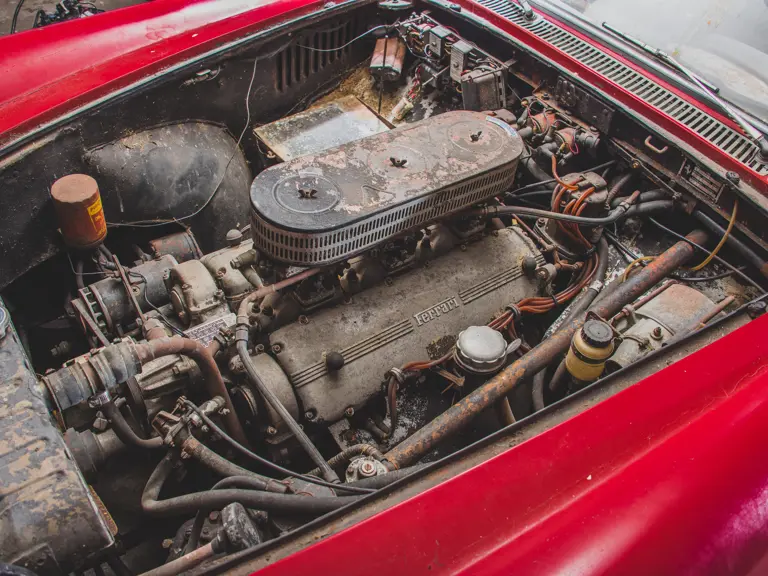
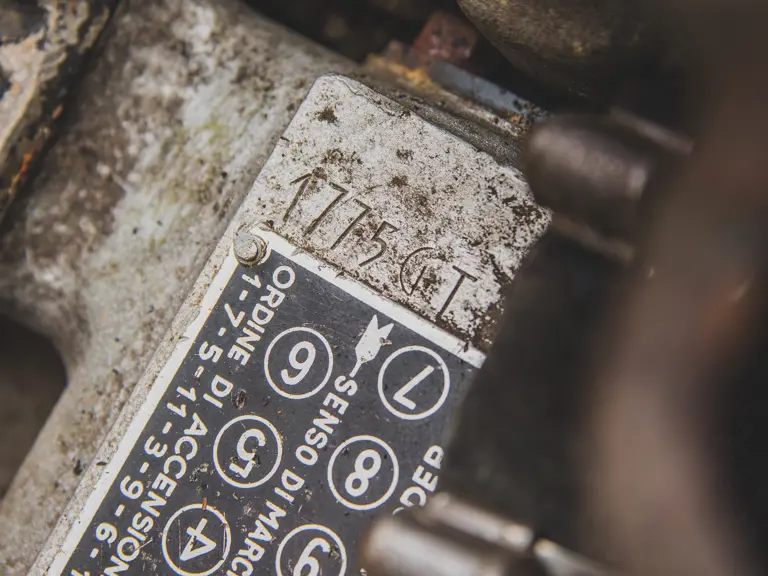
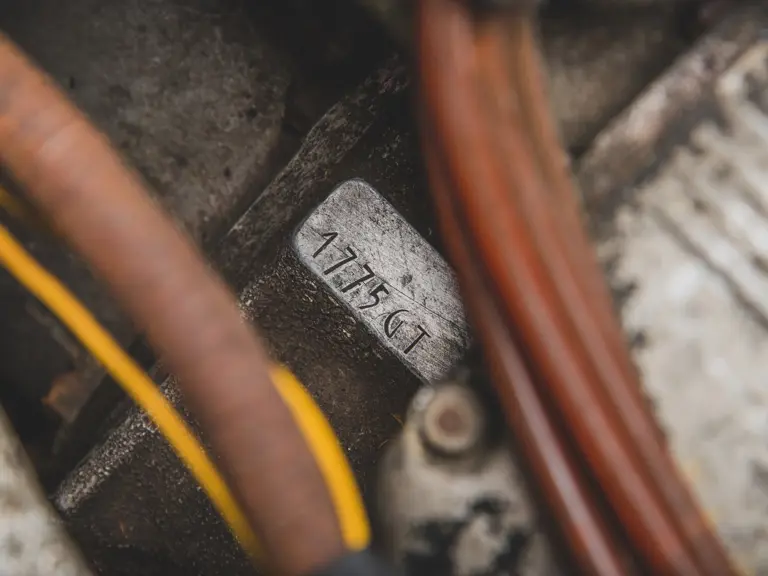
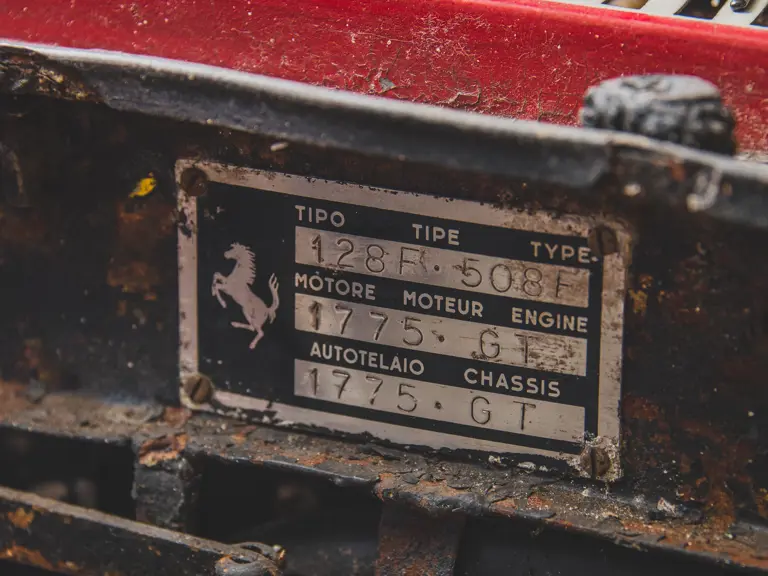
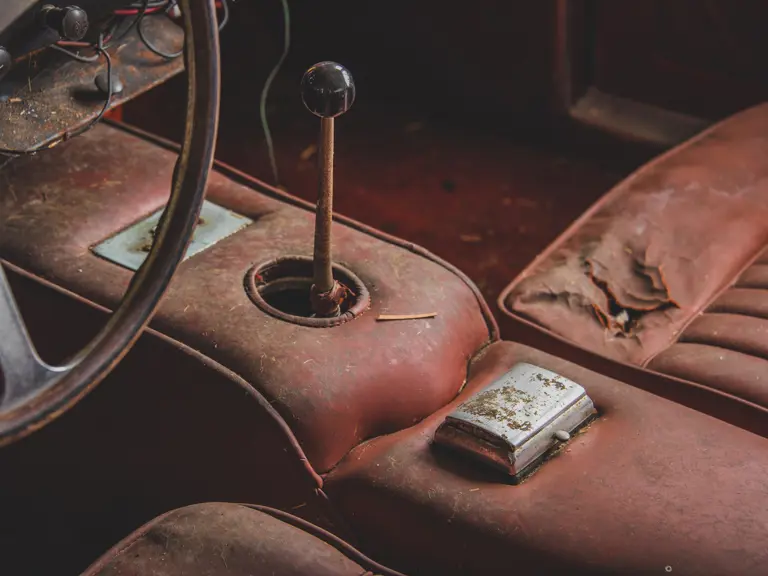
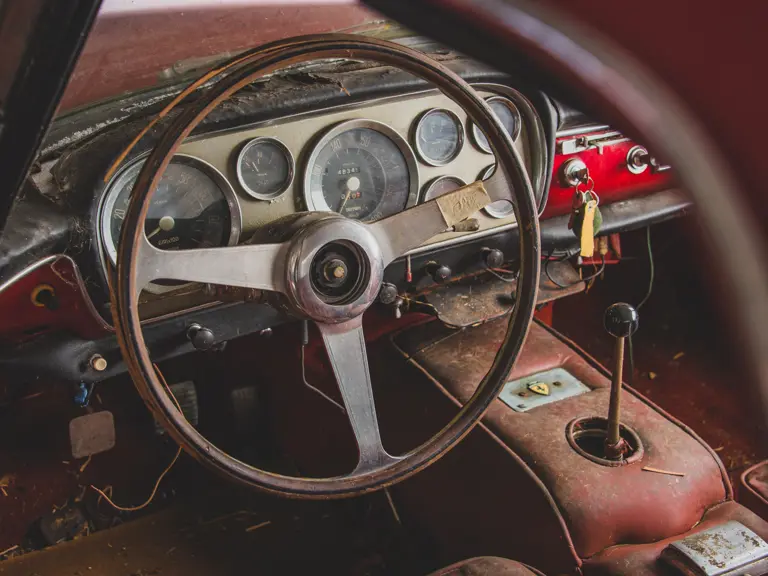
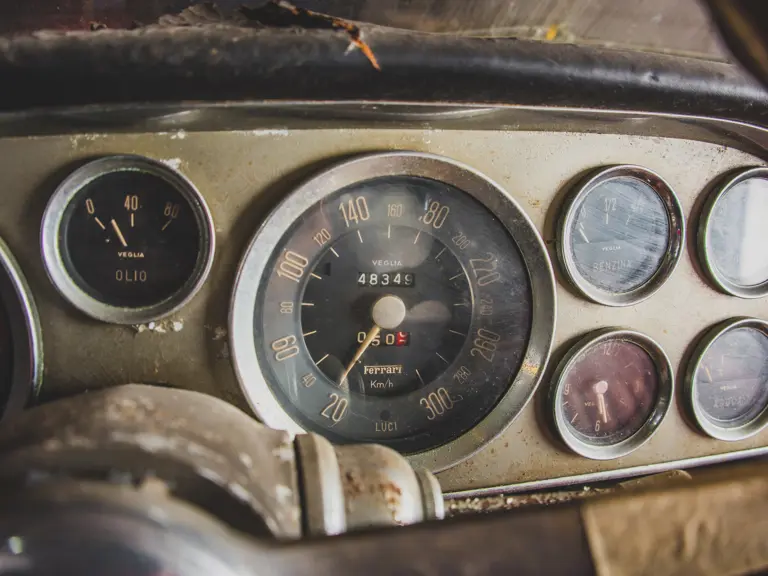
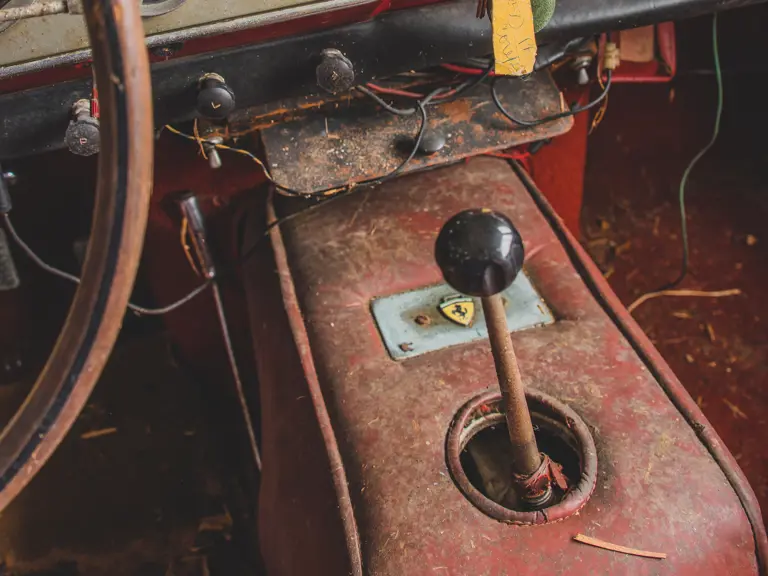

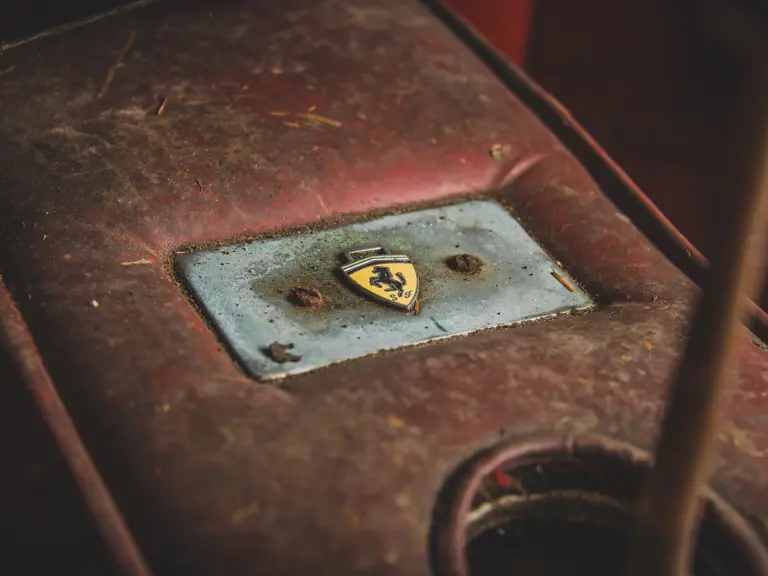

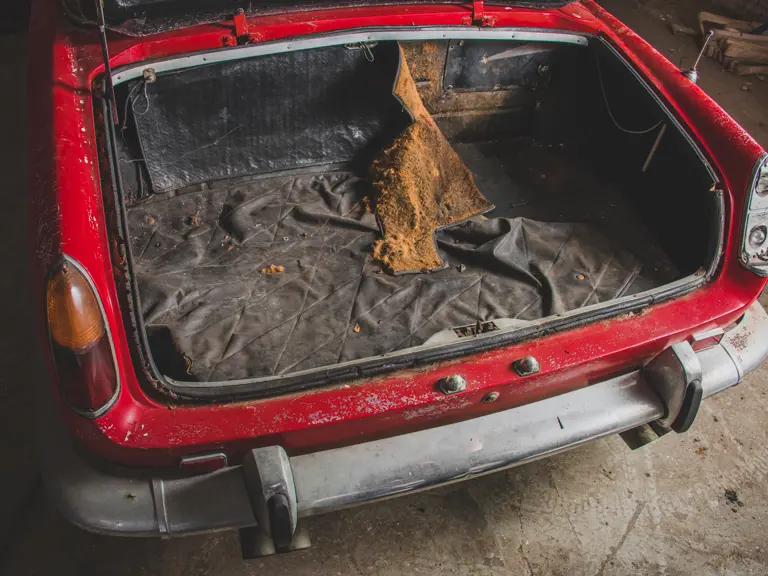
 | Monterey, California
| Monterey, California
